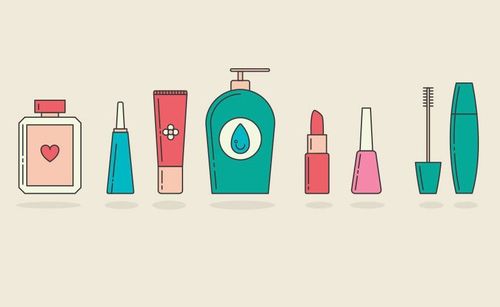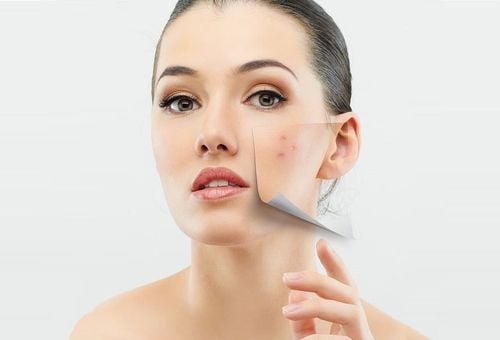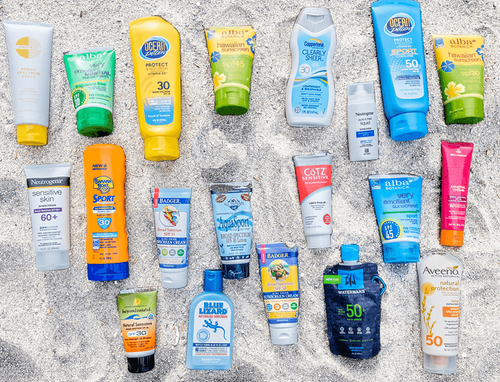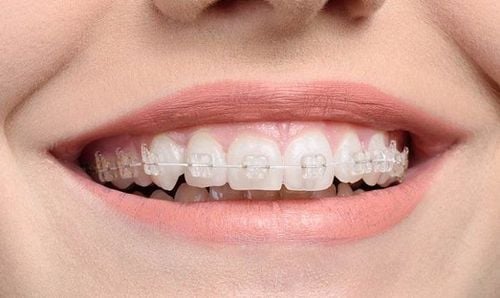This is an automatically translated article.
You can see ads for BHA cosmetics appearing more and more in the media. So what is BHA in cosmetics, is it safe to use cosmetics containing BHA?
During the past decade, cosmetics containing AHAs (alpha hydroxy acids) have been widely used to reduce the signs of aging on the skin. In recent times, cosmetics containing BHA (beta hydroxy acid), or a combination of AHA and BHA, have appeared more often as an ingredient in these skin care products.
1. What is BHA in cosmetics?
Beta hydroxy acid abbreviated as BHA is present in the ingredient lists of many different cosmetics. BHA has the following ingredients:
Salicylic acid or other related substances such as salicylate, sodium salicylate and willow extract Beta hydroxy butanoic acid Tropic acid Trethocanic acid Currently, cosmetics containing BHA using salicylic acid are common. the most common, while citric acid is used less frequently in BHA formulations. Citric acid is usually classified as an AHA.
2. What are the uses of cosmetics containing BHA?
Like AHA, cosmetics containing BHA have the effect of removing and exfoliating dead skin cells. Additionally, BHAs have been found to be effective in reducing the appearance of fine lines and wrinkles and improving overall skin texture without irritating the skin compared to regularly used AHAs.
Mỹ phẩm chứa BHA với công dụng tẩy tế bào chết trên da
3. Safety of BHA cosmetics
With salicylic acid as the main ingredient, BHA products have been assessed by the US Food and Drug Administration (FDA) as safe to use. Besides, the safety of ingredients in cosmetics containing BHA is also reviewed by experts of the Cosmetic Ingredient Review Council (CIR). Experts have concluded that it is safe to use substances related to salicylic acid in cosmetics when formulated to avoid skin irritation and increased sun sensitivity.If the product has the potential to cause sun sensitivity, the manufacturer should add a sunscreen ingredient to the product or instruct consumers to use other sun protection measures such as sunscreen. daily.
To comply with these CIR recommendations, manufacturers of cosmetics containing BHAs should test products to determine if they have the potential to increase skin sensitivity to harmful UV radiation in light. sun or not. In addition, the long-term safety of salicylic acid in cosmetics continues to be studied and evaluated by the FDA. Reportedly, these studies also looked at the long-term effects of both glycolic acid (a type of AHA) and salicylic acid on the skin's response to ultraviolet (UV) light. Research results show that applying glycolic acid to the skin can make the skin more susceptible to sun damage such as sunburn.
4. Prevention when using BHA . cosmetics
FDA advises consumers to take precautions when using cosmetics containing BHAs similar to AHAs, specifically:Test a small amount of product on a small area of skin before applying. over a larger area of skin. If skin irritation or stinging sensation persists, stop using the product and consult a dermatologist. Avoid using cosmetics containing BHA on babies and children. Apply in conjunction with other sun protection measures when using BHA cosmetics. Cosmetics containing BHA are increasingly used and popular with the main effect of exfoliating the skin, in addition to helping to reduce wrinkles without causing skin irritation compared to AHA cosmetics.
Please dial HOTLINE for more information or register for an appointment HERE. Download MyVinmec app to make appointments faster and to manage your bookings easily.
Reference source: fda.gov












